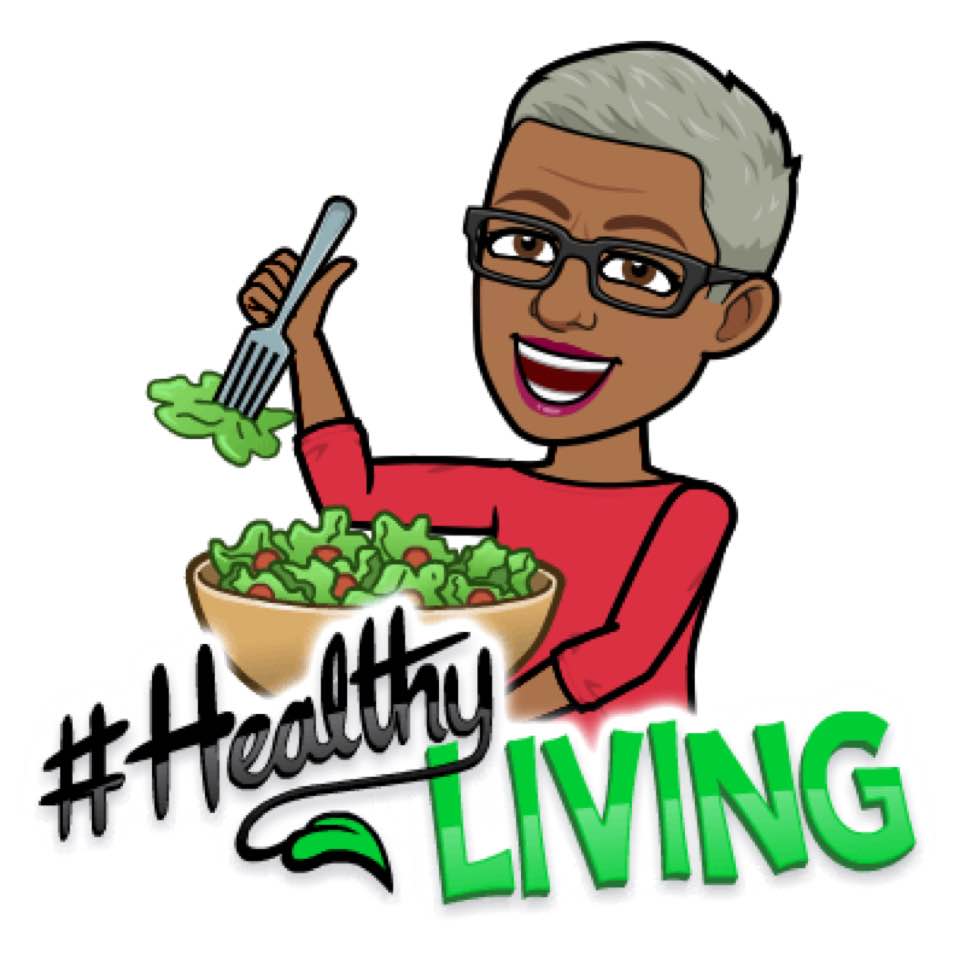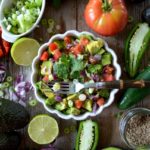 Healthy Living Summit
Healthy Living Summit
Healthy Living Information Shared
I had the privilege of hosting a Healthy Living Summit in honor of Diabetes Awareness Month. There were seven experts that presented during the seven-hour session. The presentations focused on nutrition, testing, and monitoring, the state of diabetes in the nation, exercise, and lifestyle changes. We also had some consumers on the presentation panel, those that have been diagnosed with diabetes and heart disease. They were able to discuss their treatment journey and how they have taken charge of their health. Realization and self–discovery enabled them to become proactive and champions in self-management and self-care. None of them used the same plan to get where they are, each of them took completely different paths to self-healing.
Different eating plans
The point I want to highlight is the difference in food preference and meal pattern. I avoid using the word diet because it carries the connotation of short-term or temporary. There are two extremes – Team No Meat, No Dairy, No Oil (Plant – based Plan) and Team Meat, No Starchy Carbs, All Types of Oils (Keto or Low Carbohydrate Plan). Both plans are effective but the question to be considered is are they sustainable? Are you able to stay on either of these plans long–term? You, the individual, are the only one who can determine what is effective for you. What I want to propose is a balanced approach that does not require eliminating any food group, but the focus is on real food.

ABC’s and others for healthy living
There is a plan that offers a compromise – the ABCs of healthy eating. The plan focuses on real food. Highly processed foods, excessive refined sugars including sugar-sweetened beverages are avoided.
A – adequate. You eat an adequate amount of food. Eat to the point of satiety but less than being full (80% full)
B – balance. Include all food groups and a variety of foods within the group. Strive to include 7-8 servings of vegetables per day. Choose vegetables of different colors so there will be a balance in vitamins and minerals. Don’t forget to add whole grains that provide fiber and complex carbohydrates. Meals constructed in this manner allow for optimal fuel for the body.
C – Calorie Control – Be mindful of portion size and the number of calories eaten if you are trying to lose weight.
M – Moderation. There is nothing off-limits, but you need to limit what you eat. All things are not beneficial for your body or your health. (Skittles are vegan but not healthy)
V – Variety. Adding variety to your meals helps to avoid boredom. Boredom in your food puts you at risk of eating the wrong thing. Boredom may cause you to eat junk food.
S – Supplements. Supplements help fill in the gap of missing or inadequate levels of vitamins and minerals. A good multivitamin provides a good foundation. Additional recommended supplements, especially if you have diabetes or prediabetes are vitamin D, vitamin B complex, and Magnesium. Bonus tip: cravings disappear when vitamins and minerals are present.
How to get whole and healthy foods in your diet
I recently started receiving MisFits™ home delivery of organic fruits and vegetables. The reason I started the subscription is that organic produce in the store tends to be extremely limited and expensive. I also wanted to be able to control my grocery spending. You see, I am one of those people that like going to the grocery store and tend to overspend. The other reason, the box provides some items I would not necessarily try. I do not like to waste food, so I find new ways to use the products I have on hand before they go bad. Organic produce does not have a long shelf life but the items I receive can be used up in 2 weeks.
How to use the vegetables to form a healthy meal. 
For instance, there was celery in my last two boxes, so I had to find a way to use it. One dish I made was a celery salad using celery, of course. I assembled apple (from the box), avocado for healthy fat, the juice from half a lime (from the box), salt and a splash of soy sauce (for umami flavor), and some chopped jalapeno (for spice). The salad is low in calories, high in fiber from celery, avocado, and apple. The dressing was quite simple, lime juice, a splash of soy sauce, and olive oil with salt and pepper. It was quite tasty. Think outside of the box when it comes to salads and side dishes. There are not any rules of what you can combine, allow your tastebuds and preferences to guide you. Salad does not have to have lettuce, it is acceptable to use other non-starchy vegetables for salad bases such as cabbage, carrots, celery, or cucumbers. Then add small amounts of vegetables and fruit. The benefits you receive from these combinations are an increase in vitamins and minerals along with fiber. Use the ABCs of healthy eating as a checklist to guide your salad or side dish creation.
Get ready for the holidays – think outside of the box
With the holiday season beginning and most of us are limited in travel because of the pandemic, Outside of the Box creations can be a fun activity to do with friends and family including children in your home and via social media. So, let’s get your creative juices flowing and see what you can come up with. You will find that you can enjoy the holidays and eat healthy at the same time. Be blessed!


Recent Comments